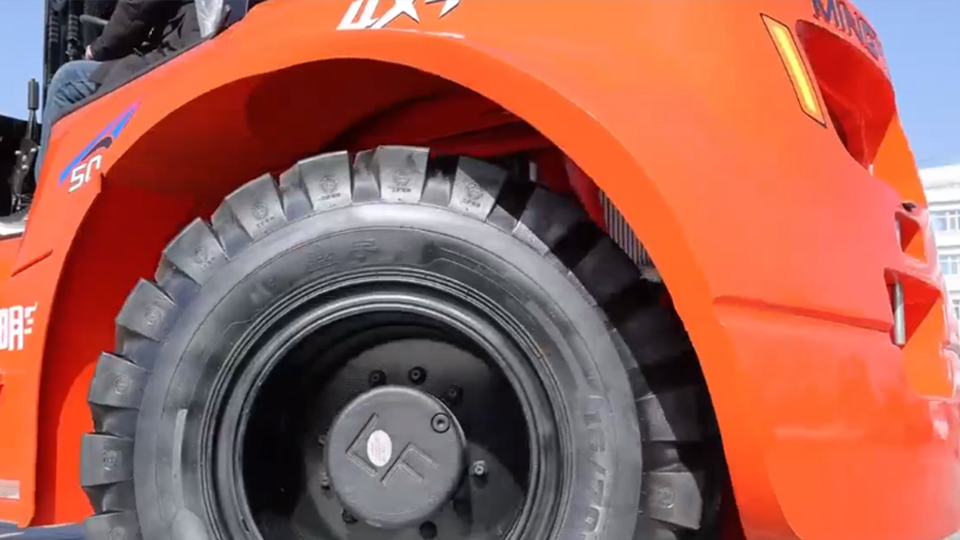
Forklift certification is a crucial requirement for anyone operating these powerful machines in industrial settings. It's not just a piece of paper; it signifies that an individual has the knowledge and skills to operate a forklift safely and efficiently, minimizing risks and maximizing productivity. This article provides a comprehensive guide to the process of becoming forklift certified, outlining the steps, requirements, and best practices involved.
Understanding the Importance of Forklift Certification
Forklifts, while indispensable, pose significant safety hazards if operated improperly. Accidents involving forklifts can lead to severe injuries, property damage, and even fatalities. OSHA (Occupational Safety and Health Administration) regulations in the United States, and similar governing bodies worldwide, mandate that employers ensure their forklift operators are properly trained and certified. This certification demonstrates competency and adherence to safety standards.
Key Benefits of Forklift Certification:
Enhanced Safety: Certification training emphasizes safe operating procedures, hazard identification, and accident prevention.
Legal Compliance: Certification ensures compliance with OSHA regulations and other relevant safety standards, protecting both employers and employees from legal liabilities.
Increased Job Opportunities: Certified forklift operators are in high demand across various industries, expanding job prospects.
Improved Productivity: Properly trained operators can handle materials more efficiently, reducing downtime and increasing productivity.
Reduced Insurance Costs: Employers with certified forklift operators may benefit from reduced insurance premiums.

Professionalism: Certification demonstrates a commitment to safety and professionalism, enhancing an individual's credibility.
Steps to Becoming Forklift Certified:
The process of becoming forklift certified typically involves a combination of classroom instruction and practical training.
Find a Qualified Training Provider:
Look for training providers that offer OSHA-compliant forklift certification programs.
Consider training providers that offer hands-on practical training on various types of forklifts.
Check for accreditation and certifications from reputable organizations.
Many community colleges, and private training companies offer OSHA compliant forklift training.
Complete Classroom Instruction:
Classroom instruction covers essential topics such as:
OSHA regulations and safety standards.
Forklift components and controls.
Load capacity and stability.
Pre-operation inspections.
Safe operating procedures.
Hazard identification and avoidance.
Emergency procedures.
Participate in Practical Training:
Practical training involves hands-on experience operating forklifts under the supervision of a qualified instructor.
Operators learn to maneuver forklifts in various scenarios, including:
Picking up and placing loads.
Navigating through confined spaces.
Operating on ramps and uneven surfaces.

Using various attachments.
Pass the Written and Practical Exams:
Certification typically requires passing both a written exam and a practical exam.
The written exam assesses knowledge of safety regulations and operating procedures.
The practical exam evaluates the operator's ability to safely and efficiently operate a forklift.
Obtain Certification:
Upon successful completion of the exams, the training provider will issue a forklift certification.
The certification typically specifies the types of forklifts the operator is qualified to operate.
Maintain Certification:
Forklift certifications typically have a validity period, usually three years.
Operators must undergo recertification training to renew their certifications.
Recertification ensures that operators stay up-to-date with safety regulations and best practices.
Additionally, if an operator is involved in an accident, or is observed operating a forklift unsafely, recertification training may be required.
Types of Forklift Certifications:
Forklift certifications are often specific to the type of forklift the operator is trained to operate. Common types of forklift certifications include:
Electric Forklift Certification: For operators of electric-powered forklifts.
Internal Combustion (IC) Forklift Certification: For operators of propane, diesel, or gasoline-powered forklifts.
Rough Terrain Forklift Certification: For operators of forklifts designed for outdoor use on uneven surfaces.
Warehouse Forklift Certification: For operators of reach trucks, pallet jacks, and other warehouse forklifts.
OSHA Requirements for Forklift Certification:
OSHA regulations (29 CFR 1910.178) outline the requirements for forklift operator training and certification. Key OSHA requirements include:
Employers must ensure that forklift operators are trained and certified before operating forklifts.
Training must include both classroom instruction and practical training.
Operators must be evaluated and recertified every three years.
Training must be specific to the type of forklift the operator will be using.
Employers must maintain records of forklift operator training and certification.
Tips for Success in Forklift Certification Training:
Pay Attention in Class: Actively participate in classroom discussions and ask questions to clarify any doubts.
Practice Regularly: Practice operating forklifts as much as possible to develop proficiency and confidence.
Focus on Safety: Prioritize safety in all aspects of forklift operation.
Review the Operator's Manual: Familiarize yourself with the operator's manual for the specific forklift you are training on.
Stay Calm and Focused: Maintain composure and focus during the practical exam.
The Future of Forklift Certification:
The increasing automation and technological advancements in warehousing and logistics are likely to impact forklift certification in the future.
Training programs may incorporate more technology-driven learning methods, such as virtual reality simulations.
Certification may include training on operating automated guided vehicles (AGVs) and robotic forklifts.
Operators may need to acquire additional skills in data analysis and system integration.
Conclusion:
Forklift certification is an essential requirement for safe and efficient forklift operation. It demonstrates competency, ensures legal compliance, and enhances job prospects. By following the steps outlined in this article and prioritizing safety, individuals can successfully obtain forklift certification and embark on a rewarding career in material handling.
Name: selena
Mobile:+86-13176910558
Tel:+86-0535-2090977
Whatsapp:8613181602336
Email:vip@mingyuforklift.com
Add:Xiaqiu Town, Laizhou, Yantai City, Shandong Province, China